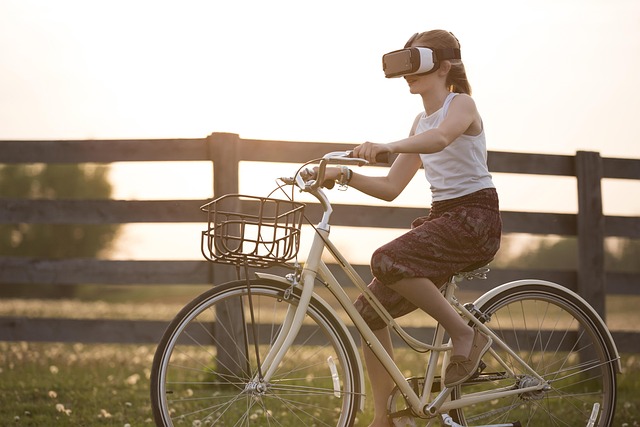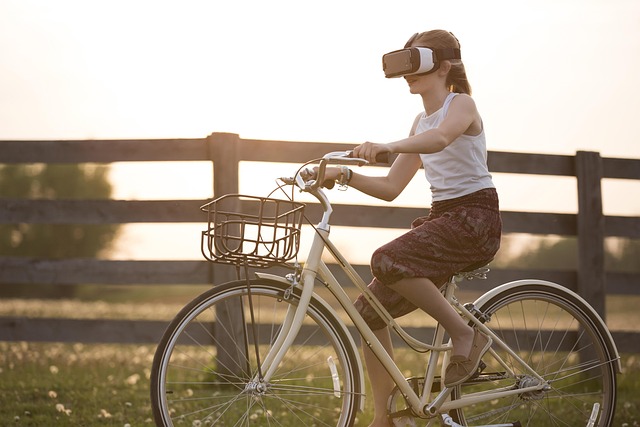The landscape of education is undergoing a remarkable transformation, thanks to the powerful convergence of technology and creativity. At the forefront of this revolution are immersive virtual classrooms that are being crafted using Augmented Reality (AR), Virtual Reality (VR), and the Metaverse. The vision of designing virtual classrooms is not just about putting students in front of screens; it’s about creating rich, interactive, and engaging learning experiences that transcend the limitations of traditional education.
Imagine stepping into a learning environment where students can interact with 3D models of historical landmarks, conduct virtual science experiments, or even explore the depths of the ocean—right from their classroom or home. This is the power of Virtual Reality. By donning a VR headset, students are transported to immersive worlds that allow them to learn by experiencing rather than merely memorizing. It’s an educational experience that sparks curiosity and keeps students engaged.
On the other hand, Augmented Reality enhances the real world by overlaying digital information onto physical surroundings. Picture a student holding up their tablet to see a lifelike dinosaur roaming the schoolyard or a chemistry student visualizing molecular structures in 3D as they mix substances. AR makes learning interactive by bridging the gap between the digital and physical, providing students with visual and tactile experiences that enrich their understanding.
Then there’s the Metaverse, a virtual universe that offers limitless possibilities for education. Within this expansive digital realm, educators can create entire campuses where students from around the globe can learn together. The Metaverse facilitates collaborative projects, global discussions, and social interactions among learners that traditional classrooms can barely match. Here, designing virtual classrooms becomes an art form, allowing educators to craft unique and personalized learning journeys tailored to diverse student needs.
The integration of AR, VR, and the Metaverse in education is more than just a trend; it’s a transformative movement that fosters deeper understanding, collaboration, and creativity. It allows students to visualize complex concepts, interact with their peers in dynamic environments, and explore knowledge in a hands-on manner. This shift is crucial, as it addresses the varied learning styles of students, ensuring that everyone has the opportunity to thrive.
While the technology behind immersive virtual classrooms continues to evolve, the goal remains clear: to create powerful educational experiences that ignite a passion for learning and prepare students for an ever-changing world. As we embrace this digital renaissance, the potential of designing virtual classrooms with AR, VR, and the Metaverse represents a promising future where education is accessible, engaging, and impactful for everyone.



